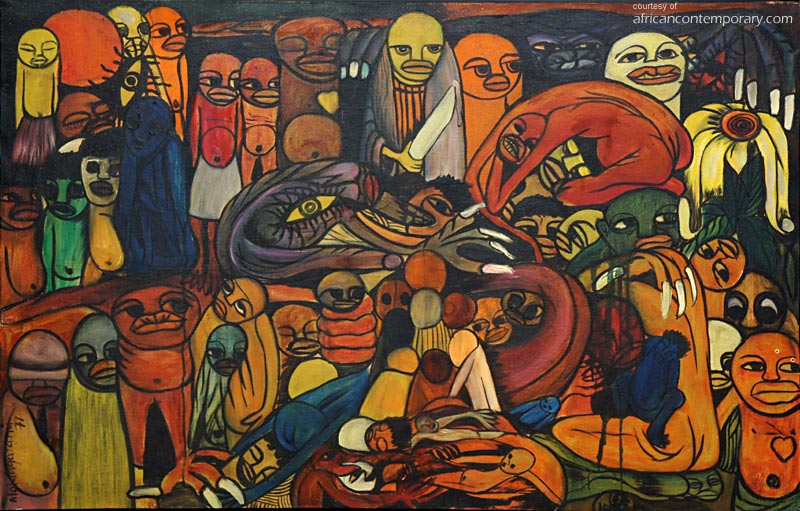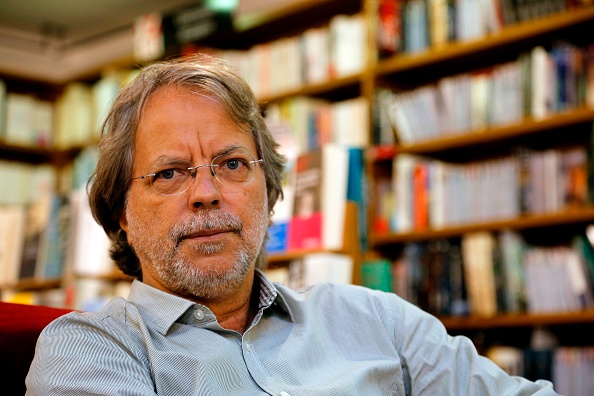Wood carving is one art form going back
centuries, and it’s used for a variety of purposes. Of all the ethnic groups on
Mozambique, the Makonde are probably the most known for their intricate skills
in wood carving. There are three main items that are carved from wood. Like
other areas of Africa, wooden masks are common here, too. These elaborately
decorated masks are often used in ceremonial functions. Different styles of
masks represent a number of things, and the paint used comes from natural
sources.
Another common form of wood carving is in
the form of evil spirits called shetani. These shetani (which is based on Swahili
and Arabic words and related to the word Satan) are generally carved out of
dark ebony wood and resembles some kind of swoopy animal-human hybrid. Many of
these sculptures are tall and may contain symbols carved into them as well.
They also had totem-like sculptures, similar
to those of the native people of the Pacific Northwest of the US, Alaska, and
Canada. Known as ujamaa, these sculptures contain faces that are carved into it
and are often referred to as “family trees” because each face is tied to a
story from generations on back.
Art has long been an instrument for
describing the oppression during the last few decades of colonialism. After the
country gained its independence, art continued to document the struggles to
stand on their own and the trials and tribulations of civil war. Common themes
included not only the civil war and political changes, but the economic
depravities, starvation, and societal changes that took place because of all of
this. It's not all bad, though. There are many painting celebrating their country, traditions, and culture. Two of the most well-known artists from Mozambique are Malangatana
Ngwenya (painter, poet) and Alberto Chissano (sculptor).
Literature in Mozambique is primarily
written in Portuguese, although there might be some literature written in other
languages. There’s not a lot of information on literature written during the
early colonial days. And I’m guessing not many of the indigenous languages had
a written language. They are only written in Roman letters today because of the
European influence in studying their languages. During the colonial period, the
Mozambicans began to write about their oppression and struggles for
independence. Politics and Mozambican/African identity are also common themes
as well.
One of the most famous writers from
Mozambique is Mia Couto. A biologist by profession, Couto has won several
awards and his works have been translated into a dozen languages. What’s
surprising to some who analyze his works is that he breaks the mold of
identity: a white man with a feminine name who is African.
Other writers of note include Paulina
Chiziane (novels, short stories), José Craveirinha (poet, short stories,
journalism), Lília Momplé (short stories), Eduardo Mondlane (academic,
politician), Luis Bernardo Honwana (short stories), Ungulani Ba Ka Khosa (short
stories, founder of magazine Charrua),
Lina Magaia (journalist, novelist), Amélia Muge (lyricist, poet), Noémia de
Sousa (poet), Marcelino dos Santos (poet), and Glória de Sant’Anna (poet).
Up next: music and dance






Beautiful. How little we know about the beauties of Africa!
ReplyDelete